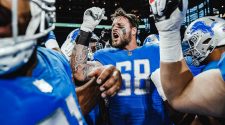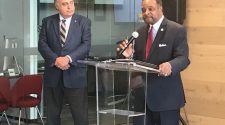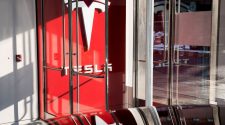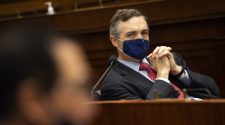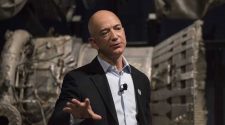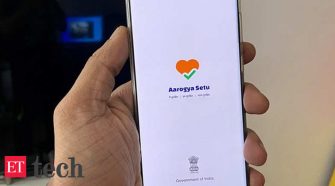There’s a lot of layers to the 49ers’ trade for Emmanuel Sanders. (Photo by Justin Edmonds/Getty … [+]
The San Francisco 49ers pulled off a pretty big mid-season trade on Tuesday, adding two-time Pro Bowl receiver Emmanuel Sanders from the Denver Broncos.
San Francisco had been in the receiver market for some time now. While head coach Kyle Shanahan downplayed that need mere hours before the Sanders trade was announced, general manager John Lynch was busy on the phone behind the scenes.
In adding the 32-year-old Sanders to the mix, San Francisco yielded third-and-fourth round picks in the 2020 NFL Draft to the Denver Broncos. It took back a fifth-round pick from Denver.
Here, we break down what this trade means both short and long term.
Scouring The Market
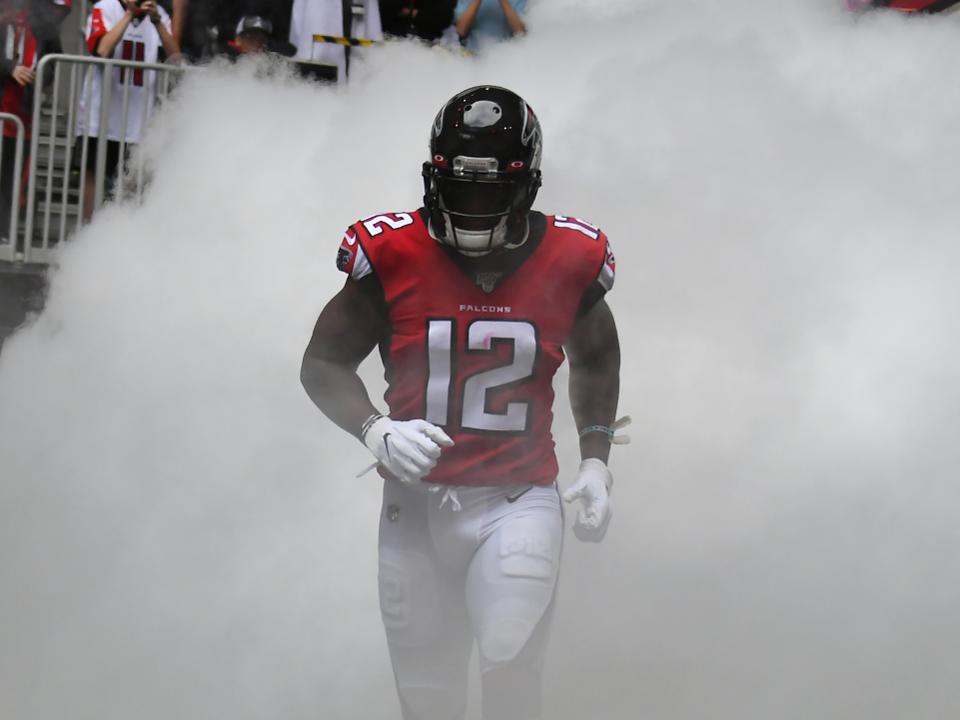
Despite his relationship with Kyle Shanahan, Mohamed Sanu didn’t seem to be a great option. (Photo … [+]
San Francisco was in on Mohamed Sanu before the Atlanta Falcons dealt him to the New England Patriots earlier on Tuesday. The 49ers might have preferred Sanu because he has a history with Shanahan dating back to their days with the Atlanta Falcons. The veteran having one more year on his deal was a kicker, too.
However, New England dealt a second-round pick to Atlanta for Sanu. The 49ers did not have that in their back pocket after trading for Pro Bowl pass rusher Dee Ford this past spring.
In terms of how the two compare, Sanders has been the vastly superior receiver over the past five seasons.
Per-Season Basis
Sanders: 75 receptions, 1,000 yards, five touchdowns
Sanu: 56 receptions, 675 yards, four touchdowns
New England preferred an additional year of team control. It was also not a given that Broncos general manager John Elway was going to do his AFC rivals a solid by moving Sanders to the Patriots.
The likes of A.J. Green (Bengals), Taylor Gabriel (Falcons) and DeVante Parker (Dolphins), some of whom we previously focused on, could have been on the market. But it became clear that Sanders was available after Denver’s Week 7 blowout loss to Kansas City. General manager John Lynch and Co. pounced when that materialized.
The Need
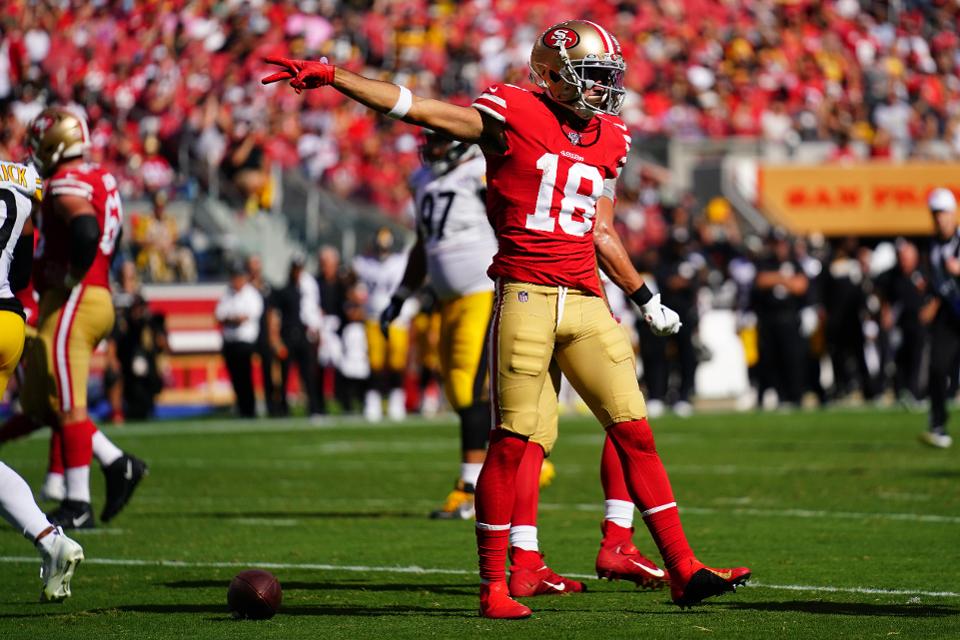
The lack of progression from Dante Pettis somewhat forced the 49ers’ hands here. (Photo by Daniel … [+]
Despite what Shanahan might want us to believe, the 49ers have been in the market for a receiver over the past calendar year-plus. They attempted to trade for Odell Beckham Jr. last offseason before it became clear that Giants general manager David Gettleman had no desire to move the Pro Bowler to San Francisco (was asking for the No. 2 pick in the 2019 NFL Draft, who ended up being Nick Bosa).
The 49ers were in on the likes of Allen Robinson, Sammy Watkins and Tyrell Williams in free agency over the past couple offseasons. Rather, they prioritized adding players such as Richard Sherman and Kwon Alexander in free agency.
That leads us to our overriding point. San Francisco’s need at receiver did not materialize overnight. Rather, it was magnified by the lack of production from this position during the team’s 6-0 start to the season.
Marquise Goodwin: 11 receptions, 181 yards, one touchdown
Deebo Samuel: 15 receptions, 168 yards, one touchdown
Kendrick Bourne: 9 receptions, 139 yards, zero touchdowns
Richie James: 5 receptions, 108 yards, one touchdown
Dante Pettis: 9 receptions, 83 yards, one touchdown
If the 49ers wanted to be taken seriously as legit Super Bowl contenders, they had to add a top-end receiver. Sanders’ production of 30 receptions for 367 yards bests the 49ers’ top two receivers combined thus far this season. With Trent Taylor and Jalen Hurd both on injured reserve, this need was magnified further.
The Economics
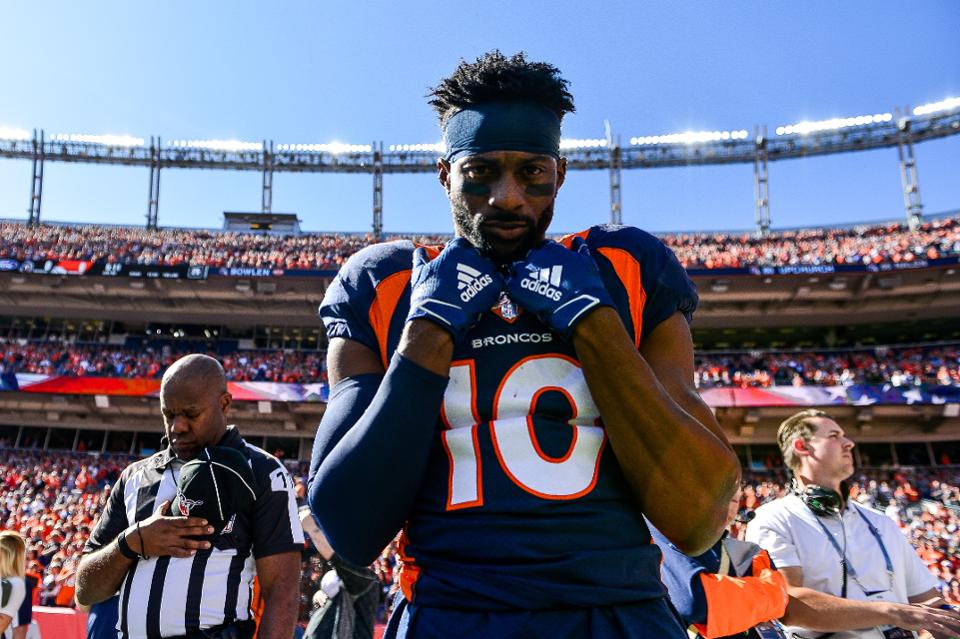
Sanders could still be a relatively long-term answer here. (Photo by Dustin Bradford/Getty Images)
Sanders is in the final season of the three-year, $33 million extension he signed with Denver back in September of 2016. He has a remaining cap hit of $6.03 million for the final 10 games of the season. The 49ers had about $18 million remaining in cap room before making this trade.
It’s going to have no real impact in the team moving forward on the season. Short of the 49ers acquiring another high-cost player with the limited draft resources they have ahead of the Oct. 29 trade deadline, taking on Sanders’ remaining $6-plus million cap hit means little.
Longer-term, this is rather interesting. As noted above, the 49ers were in on Sanu. New England took on a cap hit of $6.5 million for the 2020 season to acquire Sanu. Given San Francisco is not in a great cap situation for next season and must think about extending Pro Bowlers George Kittle and DeForest Buckner as well as re-signing Arik Armstead, that’s no small thing.
Depending on how Sanders performs for the remainder of the season, the 49ers wouldn’t necessarily be cap restrictive when it comes to re-signing him. They can save about $9 million by releasing Jerick McKinnon and Marquise Goodwin. Sanders’ cap hit would come in over that total, but not by an overwhelming amount.
The Draft
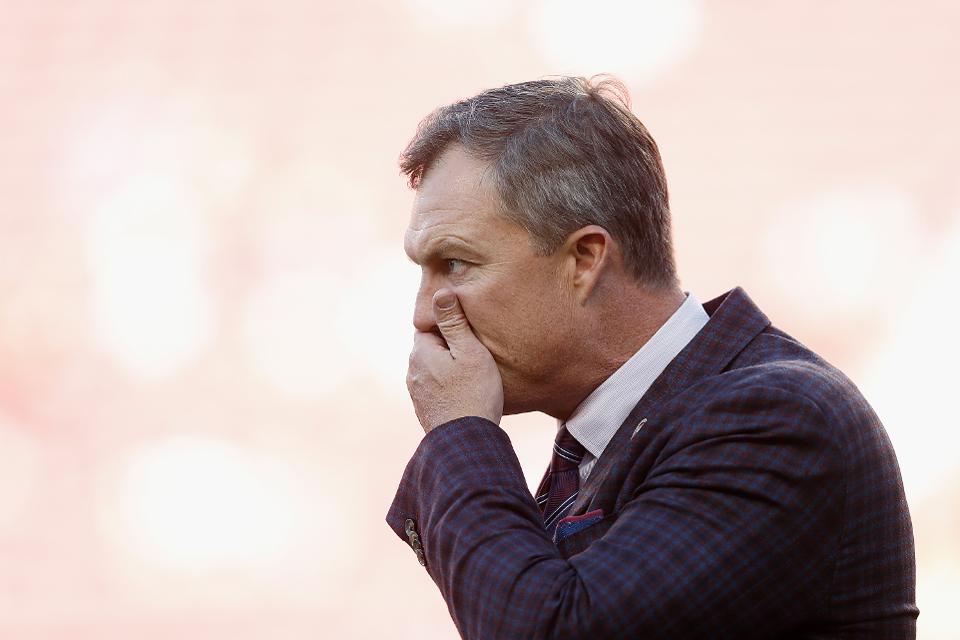
General manager John Lynch now has work to do for the 2020 NFL Draft. (Photo by Lachlan … [+]
On the surface, San Francisco boasting one pick in the first four rounds of next year’s draft is not ideal. John Lynch and Co. have sought to build through the draft. They’ve had a lot of success in three years doing just that. Even then, opportunities arise at certain times that has to change a front office’s MO to an extent.
Unlike the acquisitions of Jimmy Garoppolo and Dee Ford in San Francisco’s two previous blockbuster trades under this regime, it’s not a given that Sanders is going to be a long-term solution. That’s what happens when a front office builds up an expansion-level roster to Super Bowl contention. The process changes. It must change.
Say for a second that San Francisco loses Sanders in free agency, it could then pick up as high as a third-round compensatory selection in the 2021 NFL Draft. Given that the team is highly unlikely to be major players in free agency come March, that selection is almost guaranteed based on Sanders’ contract and playing time next season.
It also must be noted that the 49ers moved what will likely be a late pick in Round 4 to the Broncos for a fifth-round pick. As of right now, Denver is slated to select sixth in that round. This is the equivalent of the 49ers yielding a third-round pick and a trade down a dozen spots or so in the mid rounds for Sanders. As noted above, they will be allocated a compensatory pick in 2021 should the receiver leave in free agency.
San Francisco’s status as one of only two undefeated teams remaining in the NFL suggests that it will be picking late in the first round of the 2020 draft. What exactly does this mean? Those selections are highly coveted by rebuilding teams in that they offer a fifth-year teams options on rookie contracts. Second-round picks don’t.
This means that it’s highly unlikely the 49ers will end up selecting in the first round of April’s draft. They’ll likely trade down, adding a second rounder and a mixture of mid-round picks they lost in the Sanders trade. It’s long-term thinking. It’s also what was likely on Lynch’s mind when he pulled the trigger on this trade.
The End Result
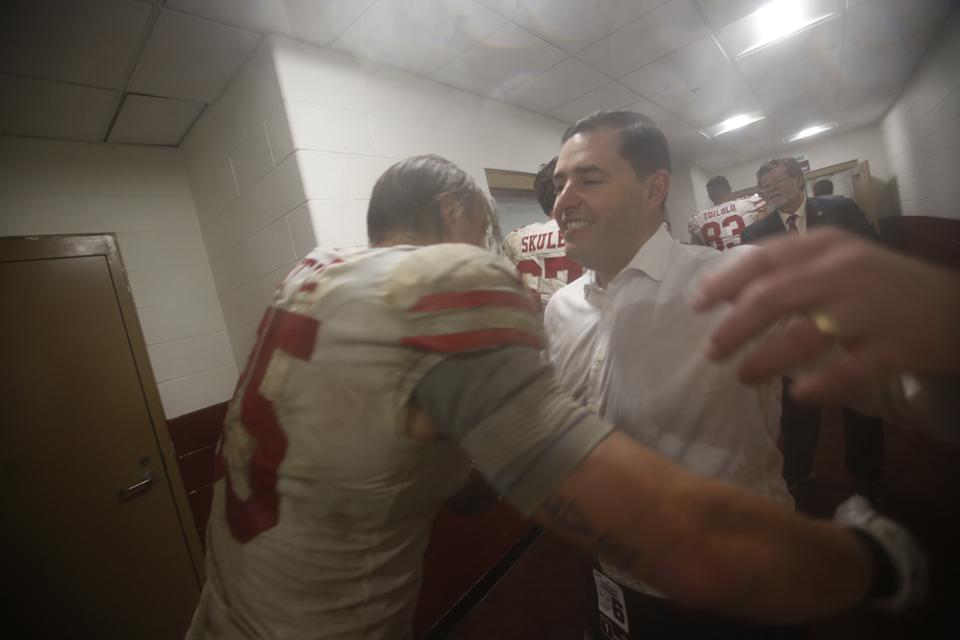
George Kittle and 49ers players put the brass in position to make a win-now move. (Photo by Michael … [+]
Let’s be real clear here. San Francisco was not going to contend for a Lombardi Trophy with its current core of receivers. The in-house options were too limited. Jimmy Garoppolo was struggling too much. No matter how amazing the team’s defense is, this was going to come back to bite the 49ers in the back end come January.
Is Sanders the end all? No. The 49ers did not add a prime Julio Jones or DeAndre Hopkins to the mix. To think that would be akin to having your head in the sand. However, he does give San Francisco a reliable and proven option on the outside – one that can make the contested catch and doesn’t drop passes. That’s no small thing.
Lynch and Co. realized the need to add a starter-caliber receiver for the stretch run this season. Current 49ers players put the front office in this position by proving themselves to be contenders. In turn, San Francisco made the short-term move without thinking too much about roster building down the line.
That’s how far this team has come under Lynch and Shanahan. They have gone from attempting to find long-term solutions to thinking more about the near future. At 6-0 on the campaign after winning seven of 32 games in the two seasons before Lynch and Shanahan took over, it’s a darn good position to be in. Whether it pays off with a trip to Miami in February remains to be seen. It won’t hurt.





